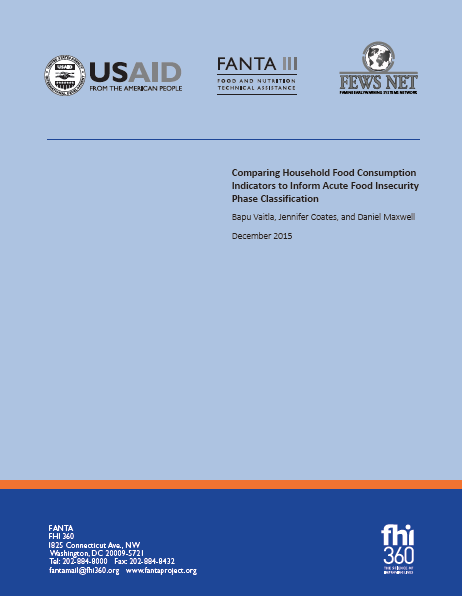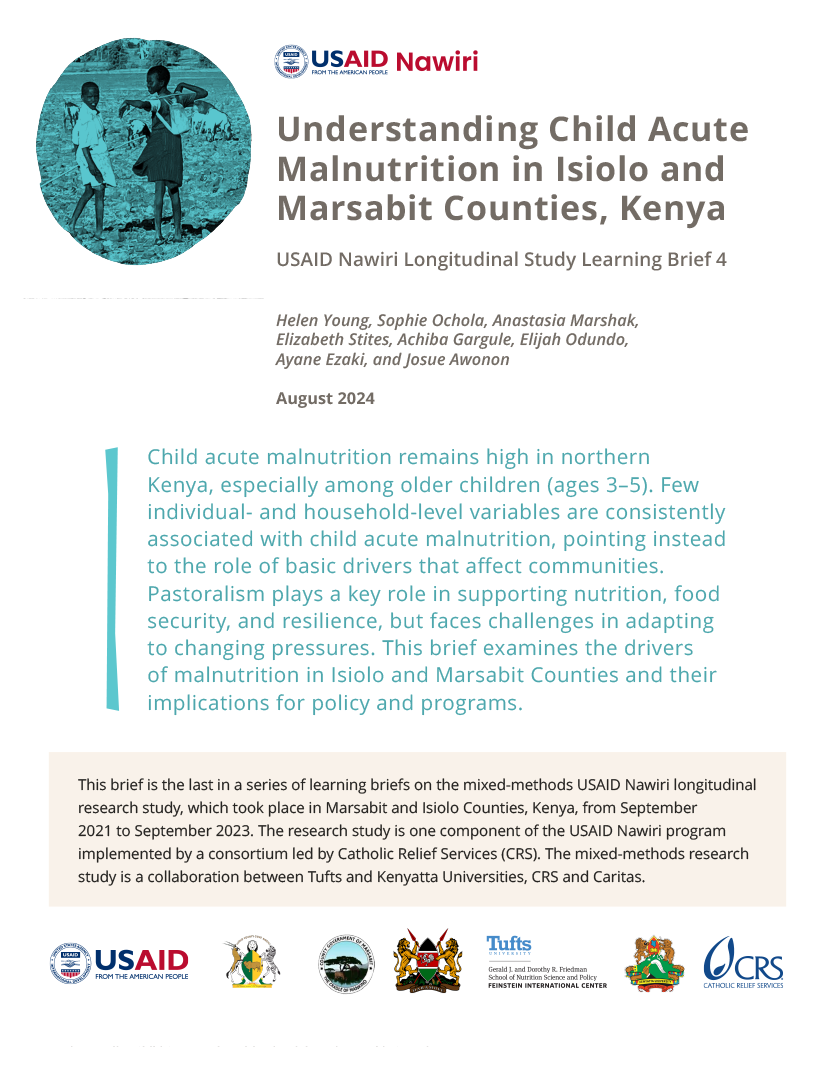One important component of analysis of food insecurity in emergencies is the Integrated Food Security Phase Classification (IPC) Acute Food Insecurity Reference Table. This table provides a graduated description of five acute food insecurity phases, along with thresholds for key household-level outcome indicators that can be used to classify the severity of acute food insecurity.
To date, little analysis has explored how well the food consumption indicators and their thresholds in the IPC Acute Food Insecurity Reference Table align with one another or with the phase descriptions provided in that Table. To analyze the relationships among select household food consumption indicators, this study compared household food consumption indicators to each other and to the thresholds defined by IPC. The main objective was to identify ways in which an improved understanding of these indicator relationships can enhance acute IPC indicator threshold alignment, thus helping to improve the convergence of evidence approach and overall quality of acute IPC analyses.







